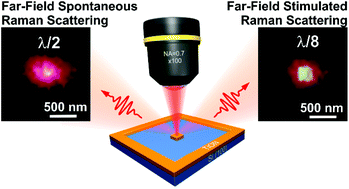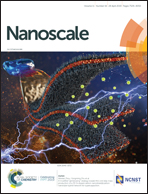Superresolution stimulated Raman scattering microscopy using 2-ENZ nano-composites
Abstract
Superlensing plays a crucial role in near- and far-field optical imaging with sub-wavelength resolution. One of the ways to expand optical bandwidth is surface plasmon resonances in layered metal-dielectric nanostructures. These resonances are commonly excited at a tunable single frequency. In this study, we propose the concept of a multimode far-field superlens made of a titanium oxynitride (TiON) thin film, that is a disordered metal-dielectric refractory nano-composite. These films exhibit a double epsilon-near-zero (2-ENZ) behavior near the percolation threshold and, therefore, favor super-coupling the incident laser light to surface plasmon resonances, not using such couplers as a prism, a grating, etc. We experimentally observe stimulated Raman gain emission from nano-structured TiON thin films exposed to low-power continuous-wave laser light. It is shown that superresolution of <λ/80 (near-field) and <λ/8 (far-field) is achieved due to both the enhanced third-order optical nonlinearity and the multiplicative nature of four-wave mixing. The multimode tunable far-field superlens will impact emerging diffraction-free far-field optical microscopy, random Raman lasing on meta-atoms and broadband thermophotovoltaics.



 Please wait while we load your content...
Please wait while we load your content...